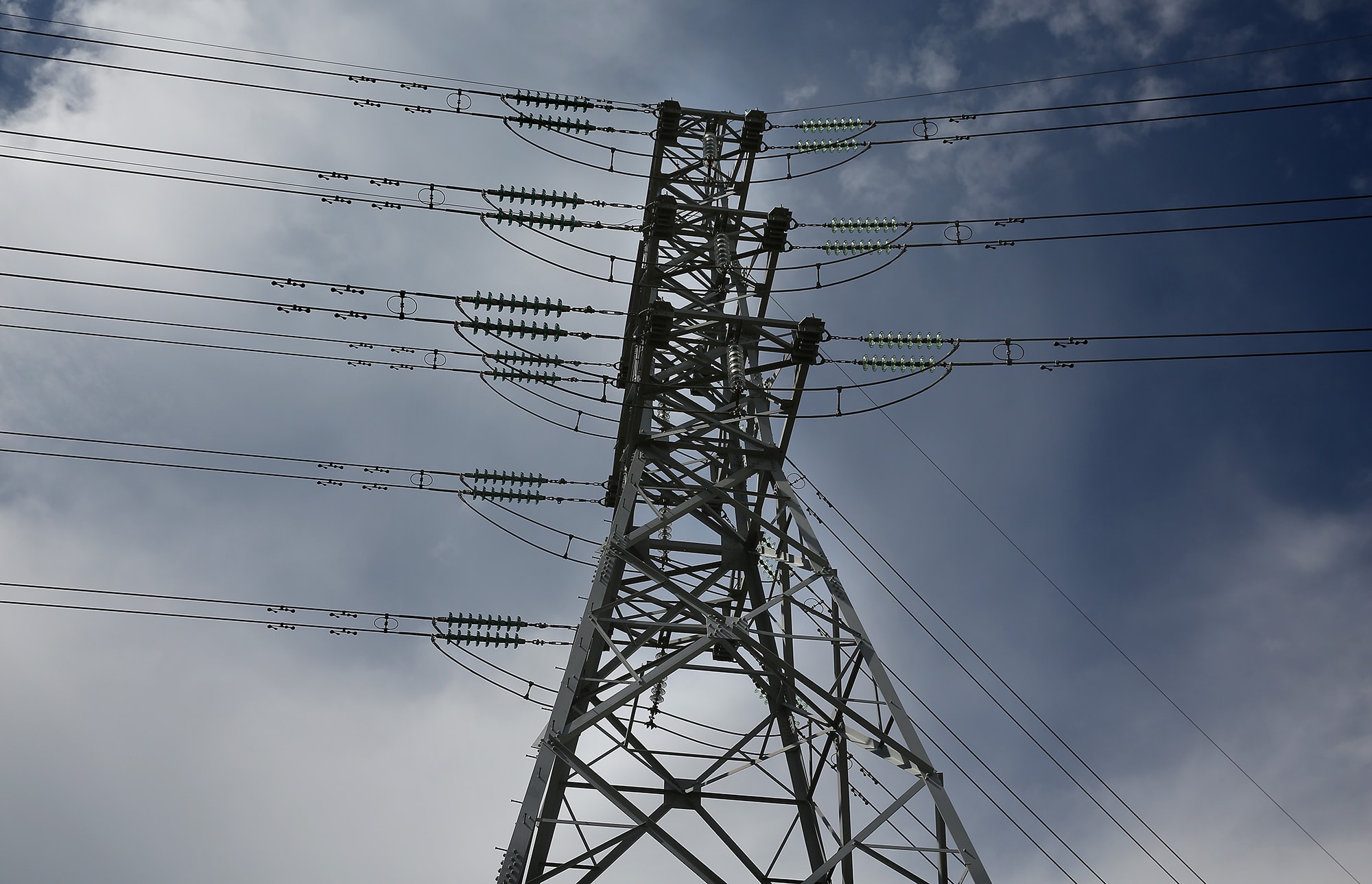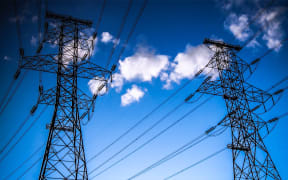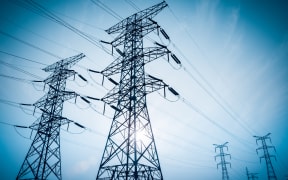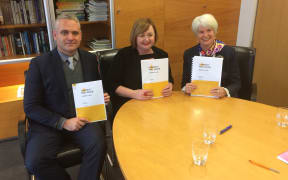Power prices in Northland are rising at more than twice the national average.

Photo: RNZ / Diego Opatowski
The typical Northland household is now paying about $55 a week for electricity, about $9 a week above the national average.
In his latest quarterly report, the Northland Regional Council economist Darryl Jones said power bills had been creeping up faster than in most other regions.
"In fact over the last four years, since August 2014, the average Northland retail power price for consumers rose by 13 percent.
"Compared to the national average price increase, of 5 percent it's grown quite fast - more than twice as fast."
Mr Jones said some other parts of New Zealand had seen similar increases including Timaru, Otorohanga, Dannevirke and Taumarunui.
"On the other hand there are some places like Nelson, Wellington City, Whakatāne - where retail prices remained fairly flat over the last four years.
"So there's a real difference emerging across New Zealand in terms of retail electricity prices and their trend," Mr Jones said.
The bulk of the increase in Northland had come from line charges levied by the Far North power company, Top Energy, he said.
Top Energy chief executive Russell Shaw said the company had been charging more in the past three years.
But that was because it had been under-charging for the cost of maintaining a network across a largely rural district, he said.
Only 50 percent of Northlanders live in urban centres.
And a third of the lines in the rural Far North were uneconomic, Mr Shaw said.
"So in other regions they don't have that same level of uneconomic connections.
"We have parts of the network where we've never ever made a return on the lines that we've built, and that's very uncommon across the whole of New Zealand," Mr Shaw said.
Top Energy is planning to spend $170 million on its network, and $165m on new geothermal generation in the next decade to improve security of power supply and make the district self sufficient in electricity.
The Far North is dependent on a single Transpower line from Auckland and it's not uncommon for power to be cut to the whole of the district in a storm, or for annual line maintenance.
Mr Shaw said the recent line charge increases over a five-year period were approved by the regulator, the Commerce Commission, and will even out in the next couple of years.
But that is cold comfort for struggling communities, according to a Whangārei budget advisor, Judy Baker.
Ms Baker said some families were regularly cut off because they could not pay their power bills - despite the government's new winter power grant.
"They ... go without power for a month or two until they can cover the cost. We know of people who move out and go and live somewhere else till they can afford to pay their power off," she said.
Ms Baker said budget advisors were often negotiating for people to get Work and Income to cover their power arrears, which they then had to pay back over time.
"It is a burden and it is a constant worry," she said.
"It just keeps going up and up ..."
But Mr Shaw said the price rises will even out and the bills will go down, when Top Energy's geothermal power station at Ngawha comes into full production in 2020.
Far North consumers could also expect some relief in their November power bill, he said.
Top Energy is paying out $6m in line charge discounts this year, based on the amount of power consumers used over the year.
The average household could expect a discount of about $200, Mr Shaw said.





